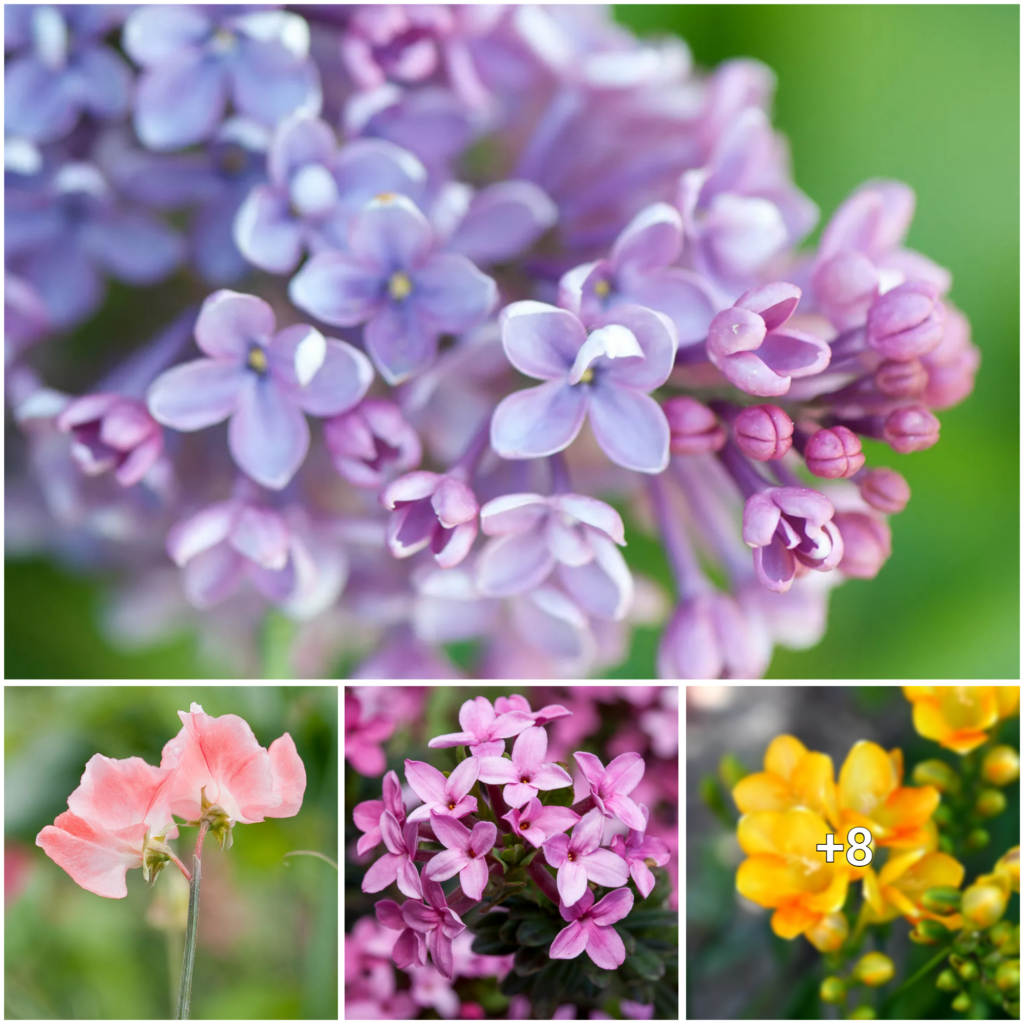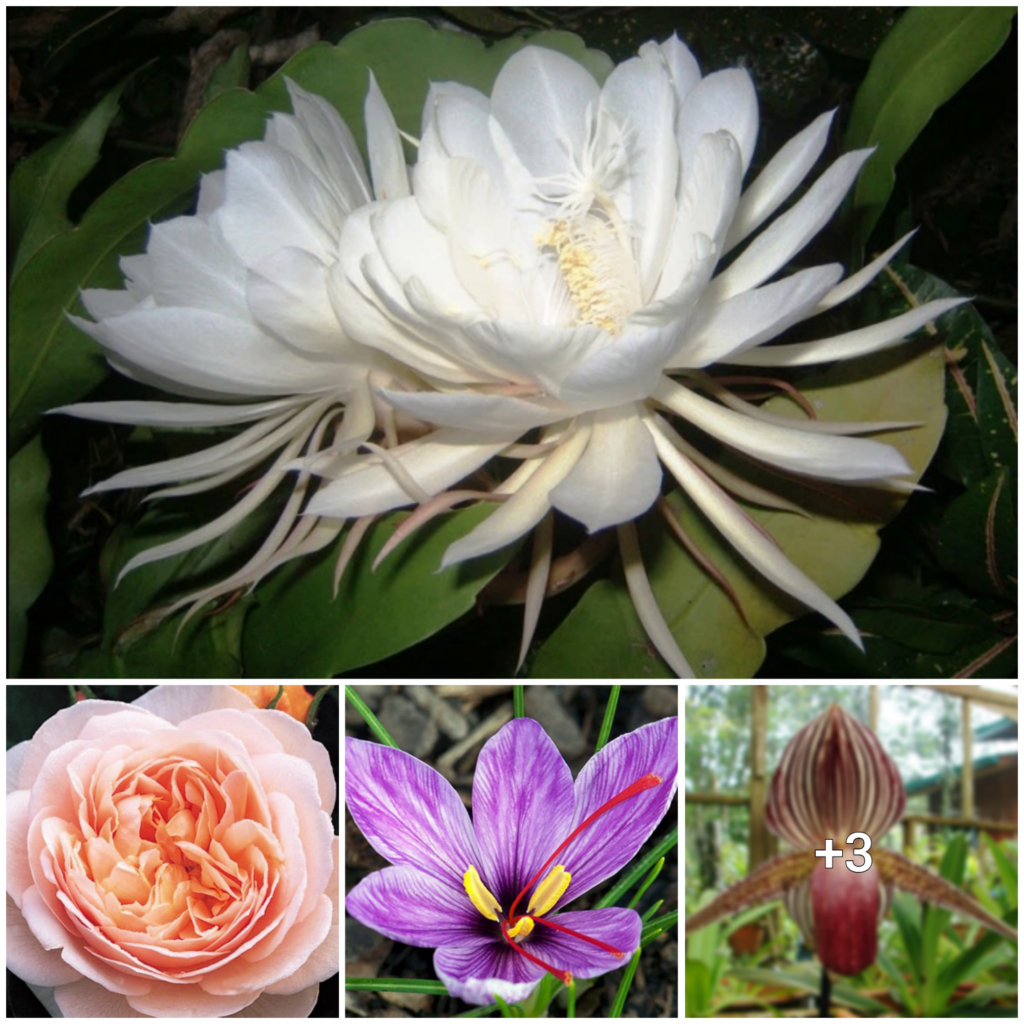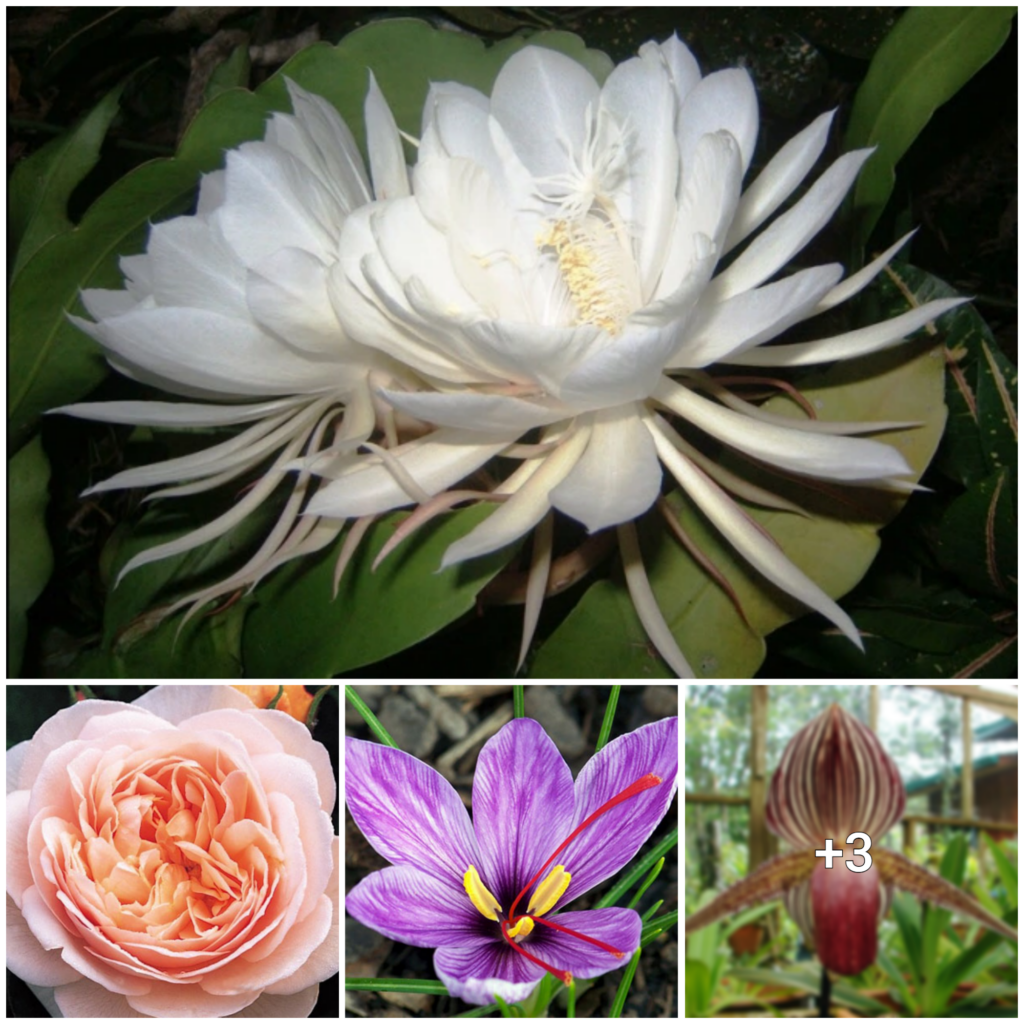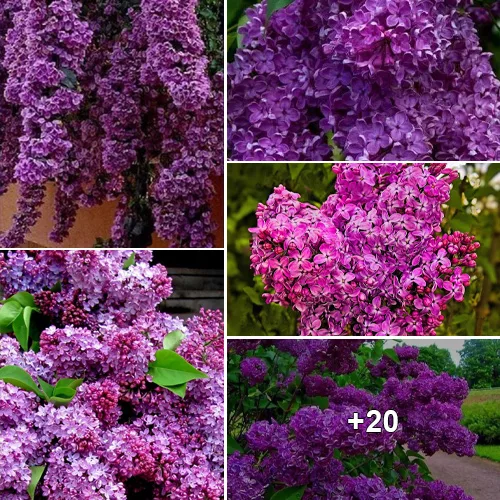
Spring is a fantastic season to incorporate some vibrant hues into your outdoor space with the help of stunning blooming plants. Yet, not everyone has the inclination or availability to devote several hours every week towards tending to their garden. If you’re one of those people looking for spring-blooming plants that demand minimal upkeep, then you’re at the right spot! This piece will present you with ten low-maintenance spring-blooming plants that can enhance the beauty of your garden without necessitating too much attention.
First on the list is daffodils.

Spring is here and what better way to welcome it than with some daffodils! These classic flowers are not only beautiful but also low-maintenance and easy to grow. If you live in zones 3-8, all you need is some well-draining soil and full sun to partial shade. Plant the bulbs in the fall and watch them emerge in the spring with their vibrant yellow, white, or orange blooms. While daffodils don’t require much care, it’s important to deadhead them after the flowers fade to promote bulb growth and prevent seed formation.
Another great spring bloomer is the forsythia. Its bright yellow flowers are a sure sign that winter is over and warmer weather is on the way. Forsythias are also easy to grow and prefer well-draining soil with full sun. Prune them after they bloom to keep them from becoming too leggy. With these two plants, your spring garden will be off to a beautiful start!

Forsythia is a shrub that bursts with vibrant yellow blooms during the start of spring. It can thrive in zones 4-8 and enjoys soaking up plenty of sun, though it can also tolerate partial shade. With its low-maintenance needs, Forsythia can be trimmed after it finishes flowering to keep its shape in check. This makes it an excellent choice for those who want to infuse their garden with some early-season splashes of color.

If you’re looking for an easy-to-maintain flower, tulips are a great choice. These classic spring blooms thrive in zones 3-8 and do well in soil that drains well and receives plenty of sunlight. Plant bulbs in the autumn and watch as they sprout up in a range of sizes and colors come springtime. Keeping your tulips healthy requires very little effort, but remember to deadhead them once their flowers have bloomed so they don’t go to seed, which helps bulbs grow stronger.

Lilacs are delightful shrubs that bloom during spring and give off a lovely fragrance. They can withstand harsh weather conditions in zones 3-7 and thrive best in well-draining soil with exposure to sunlight or partial shade. Taking care of lilacs is easy, but it’s essential to trim them after blooming to promote new growth and prevent them from growing excessively thin.

The bleeding heart plant is a one-of-a-kind perennial that blooms in the spring and can thrive in zones 3-9. It grows best in partially shaded areas and soil that drains well. Taking care of this plant requires little effort, and trimming it after flowering can help it grow anew and prevent it from becoming too lanky.

Creeping phlox is a charming ground cover that boasts a stunning display of pink, white, or purple flowers during the early spring season. This plant is ideal for zones 3-9 and does well in environments with full sun to partial shade. With minimal upkeep requirements, one can easily maintain its growth by trimming it after the blooming period to encourage new growth.

Springtime brings with it the delightful scent of hyacinths, a bulb that can endure harsh climates within zones 4-8. These beauties thrive in well-draining soil and exposure to ample sunlight or partial shade. Come autumn, plant the bulbs and wait for their vibrant colors to emerge in the spring. While they don’t require much maintenance, removing the faded flowers will help boost bulb growth.

Virginia Bluebells are a delightful annual that blooms in the spring with beautiful blue flowers. They thrive in soil that drains well and prefers full sun to partial shade. These flowers require only minimal care and can be pruned after blooming to encourage new growth and extend their blooming period.

If you are looking for a beautiful native wildflower that can add a touch of color to your garden in early spring, Virginia bluebells are certainly worth considering. These plants feature charming bell-shaped flowers in shades of pink and blue, and they can thrive in zones 3-8 as long as they are given partial to full shade and moist, well-draining soil. Best of all, Virginia bluebells require minimal maintenance, and they can even spread and multiply on their own over time. So if you want to enjoy the delightful sight of these lovely blooms year after year, be sure to give Virginia bluebells a try.

Hellebores, also known as Lenten Roses, are a delightful addition to any garden as they bloom in late winter when most plants are still dormant. Hardy in zones 4-9, these perennials prefer partial shade and well-draining soil. Hellebores come in a range of colors, from white to pink to deep burgundy, and are known for their unique downward-facing flowers. They require minimal maintenance and can be left undisturbed for several years. Plant them in the fall for a beautiful display of blooms in late winter.

Lenten roses or Hellebores are a perennial plant that blooms in early spring and lasts long. They can survive in regions 4-9 and thrive best in partial shade with well-draining soil. These plants are hassle-free, and their blossoms last for weeks, offering a wide range of colors like pink, white, purple, and green. Over time, they can spread out and propagate by self-seeding.




